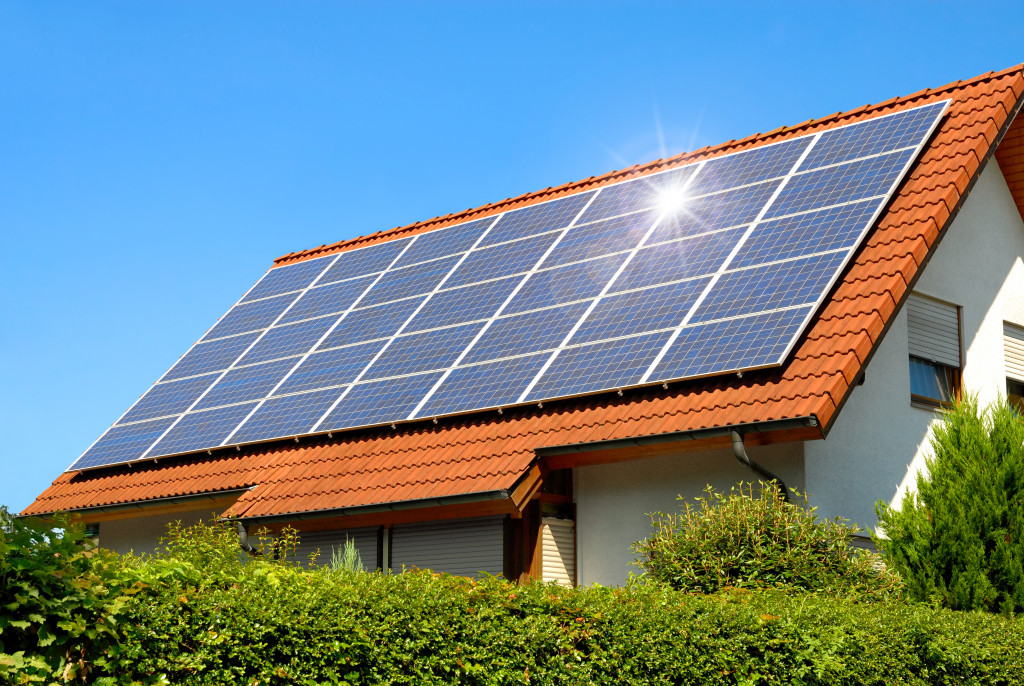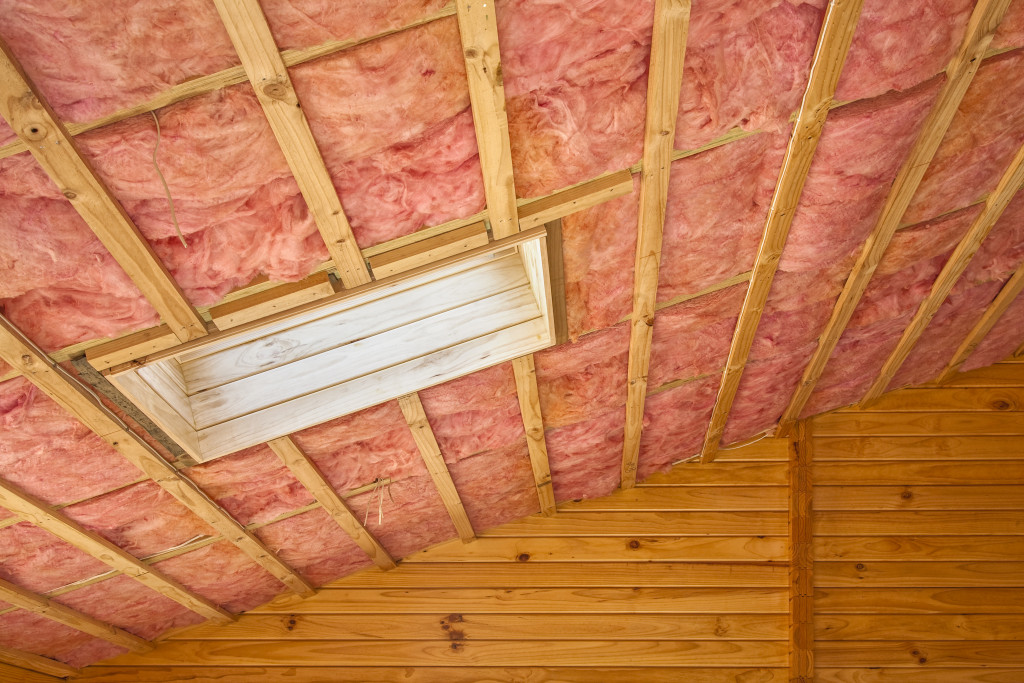Weber State University took the top spot for Energy Performance in the International Solar Decathlon — besting teams from the Netherlands, South Africa, Chile, as well as several local universities. The Utah students designed and built a net-zero house from the ground up, focusing on energy efficiency and production. Net-zero homes are the homes of the future.
Raising your children in one teaches them valuable lessons while also securing their future by battling climate change.
Climate Change and the Future
Dire and apocalyptic predictions are unlikely to happen, but changes due to climate are occurring. While world-ending consequences in the next 20-30 years are all bluster from doomsayers, the government is taking steps to address climate change — and that is more likely to bring major changes. With a shift away from fossil fuels, power companies will be forced to adopt greener measures like shifting to solar and wind.
Massive batteries will be required as solar and wind are both unreliable sources of power. Power rates will spike and power outages might be more common. A net-zero produces more power than it consumes — effectively insulating you from power price hikes and power outages if you have batteries.
Going Net-Zero

Solar power is the core of most net-zero homes. Solar-powered homes are popular in Utah, particularly in Salt Lake City, West Jordan, and Ogden. Utah’s elevation allows solar panels to run at higher efficiency, allowing the use of lower kilowatt systems. The winning house design of Weber state included a solar power system that produced 20 kilowatts per day to power a 2,500 square foot house that included 6 bedrooms, 2 bathrooms, and 2 family rooms. A 5-kW solar power system can easily produce 20 kilowatts per day, and it costs less than $8,000.
Federal solar incentives bring the price down to $6,000, and local solar incentives bring it down further to $4,800. Of course, your house might not be as efficient as the Weber house, so you might need a bigger system. An 8-kW system should be enough to power most Utah homes. Tesla’s 8-kW system will cost around $10,000 after incentives, but there are less expensive ones in the market. A 10-year loan would have premiums of $96-$97 a month, which is easily covered with the savings on your electric bill.
Most solar companies guarantee their panels for the first 25 years of operation, but most panels can last for 30-45 years without losing optimal efficiency (80 percent). You get an extra $100 a month (on savings) after 10 years, which would continue for 20-35 years.
Learning Essential Values
Kids in a net-zero home learn the value of power and how to manage their energy use. This can be as simple as turning the lights off when they’re not using it or limiting their use of air conditioning and heating. Staying below your home’s power production is a family affair. Showing your kids the electric bill a few times should give them the motivation to stay below production and keep your bill at zero (technically $9 a month, which is the cost of staying connected to the grid). At the least, you have an excuse to get your kids off their screens and out of the house.
Limiting Power Consumption

If you opt for a smaller but less expensive solar power system, you might need to cut your power consumption. Insulation is one of the best options — particularly on your home’s roof. Heat transfer occurs mostly through the roof, whether heat from the sun or cold from the snow. Proper insulation can cut your home’s power use by around 30-50 percent.
Switching to refrigerators, freezers, air conditioning units, and washers that make use of inverter technology can cut another 30 percent. Look for an Energy Star label when buying new appliances to maximize energy efficiency. Get your family to participate in your energy-saving endeavors. Get your little ones to trade screen time for outdoor play. They’ll be a little more responsible and their risk of obesity drops significantly.
Go the Distance by Going Carbon Neutral
Take your environmental efforts further with an electric vehicle (EV). Most American drivers spend $2,000 a year on gas, so you’ll recoup the extra dollars you paid for on an EV within 1 or 2 years. Electric cars handle better and are much faster than the average car. You’ll have smoother and quieter drives — which are essential if you have a newborn or sleeping toddler. A licensed residential electrician can easily hook up the charging station to your system, and your home will be carbon neutral.
Net-zero homes are great for any family — especially since they’re practically free. Teach your kids about energy conservation and the environment, while saving $100 a month on your electric bill.




